This Summer, I have decided to get my hands dirty learning design. I had always been an admirer of the field and the kind of work my designer friends were capable of producing with their skills. If you’ve seen any of my previous projects, you’ll notice that all of them share at least one quality: extremely unflattering design. To build apps today that people would actually use, it is imperative that the design be close to flawless. And since designers are scarce from where I come, I decided to learn a few tricks of the trade myself; just enough to get by.
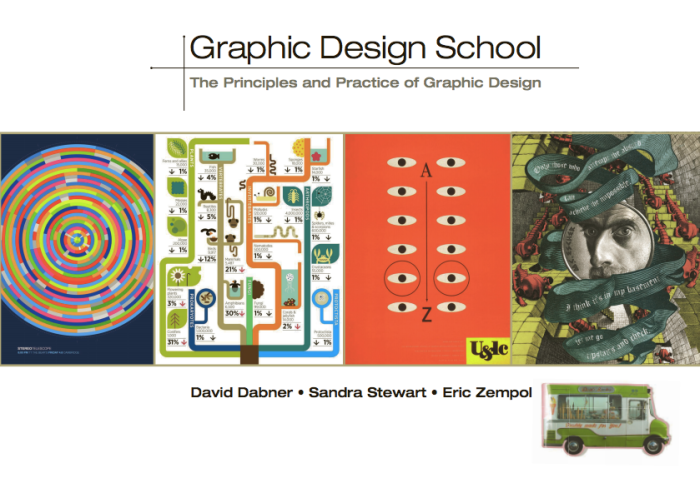
After several hours of Googling and consulting with a few designers about their learning paths, I realised design was much more than just knowing how to use Photoshop and Illustrator well. Training the eye to see, ‘stealing’ other people’s work and getting inspired on a daily basis were essential to producing good pieces. After going through many suggested paths, I decided to settle upon the following:
- Introductory Design
- Design and Psychology
- Writing
- Drawing: Digital and Analog
- Graphic Design Theory
- Fundamentals of UI and UX
- Tools: Adobe Creative Suite and Sketch
- Web and Mobile App Design
- Portfolio
Going through all this will easily take me up to a year. I have decided to document my process of learning design on my blog here. This blog post will concern my adventure getting myself introduced to the world of design.
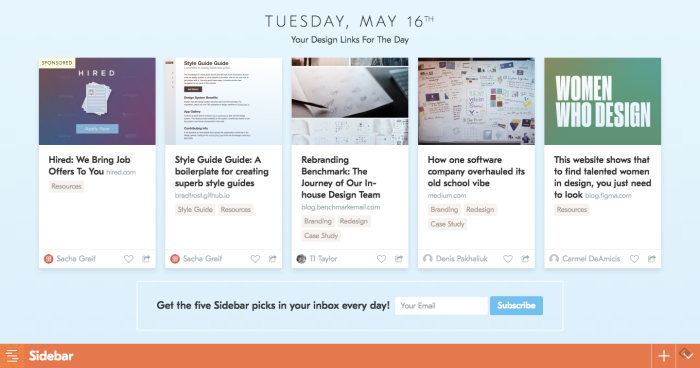
The first thing I did was subscribe to sidebar.io. This app mails you five design links every day and I’ve found them to be extremely interesting and engaging. Strongly recommended if you’re even remotely interested in design. I also followed a few publications on Medium, most notably freeCodeCamp, Facebook Design, Google Design and Sketch. It’s good to know what the design giants are up to in their day to day work.
I then picked up Robin Williams’ The Non Designer’s Design Book. I couldn’t have asked for a better introduction to any subject I was alien to. Williams’ style of writing was extremely engaging and her advice was incredibly relevant to design regardless of the media: print or digital. In her book, Williams describes the four fundamental principles every designer needs to adhere to (which unfortunately has an acronym of CRAP)
The principles are :
- Proximity
- Contrast
- Alignment
- Repetition
The infographic below gives a good summary of the quadrate.
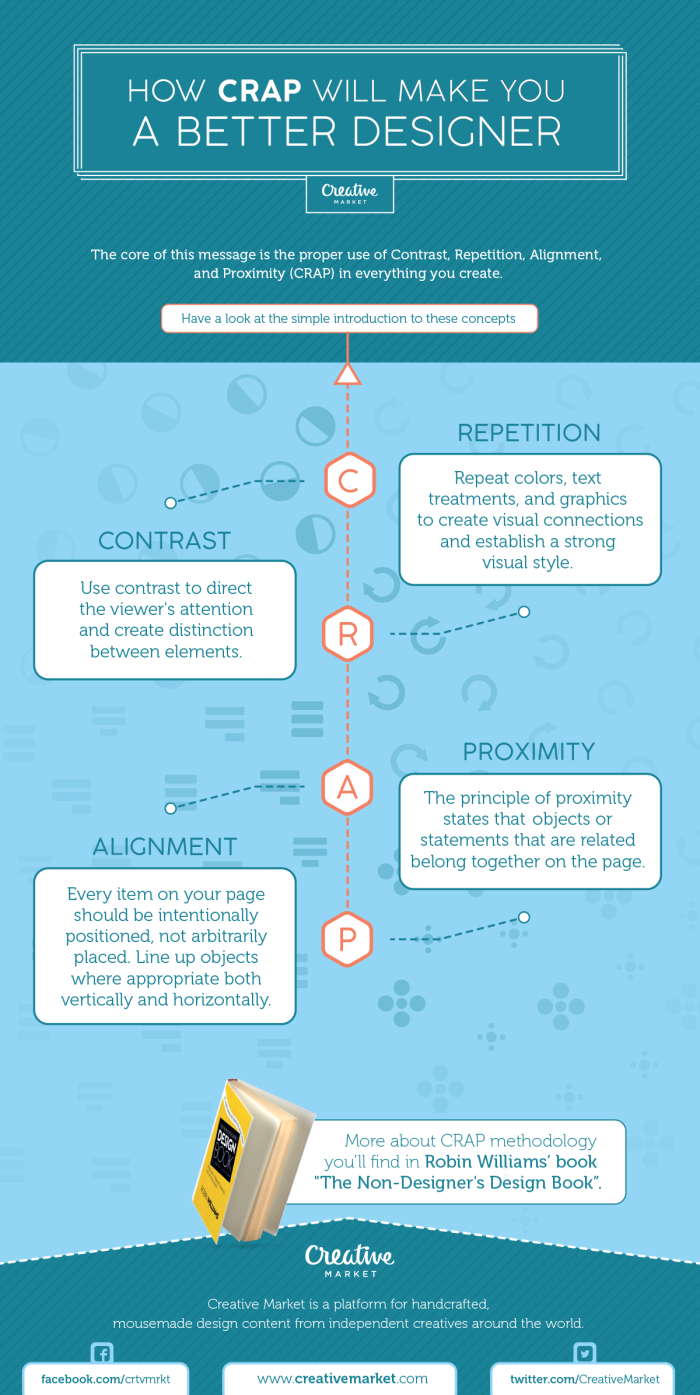
In the second part of the book, she gives a gentle introduction to Typography and Color Theory. Overall, I’d like to reiterate that this book is an excellent place to start learning about the principles of designing.
The next resource I took up was Kadavy’s Design for Hackers. Since I’m a hacker myself, I assumed the book would be relevant to me. A few pages into the book made me realise that Kadavy’s notion of a hacker was much broader than the one used in common terminology.
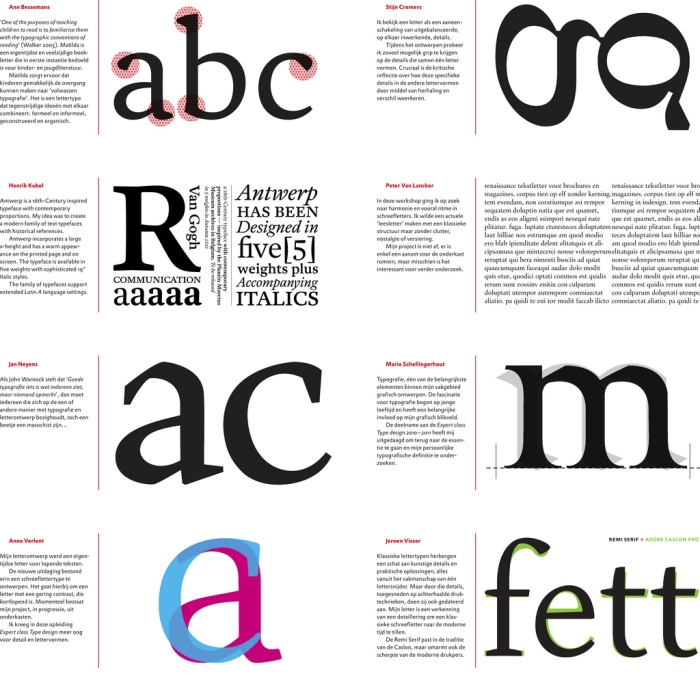
Kadavy’s book covered most of the material from The Non Designer’s Design Book. However, his work contained a heavy amount of philosophy, history and art. It became apparent that this man takes his field extremely seriously. To explain typography, he takes us all the way back to Egyptian hieroglyphics to Gutenberg’s bible to Steve Jobs and Apple. He uses Impressionist paintings to explain design principles and color theory.
He also devotes an entire portion of the book to discuss proportions and the golden ratio. It was fascinating to read his analysis of every form of design imaginable: clay plates, marble sculptures, impressionist paintings, nature, web and mobile design, etc. Overall, the book was a very convincing account on why you should consider a career in design.
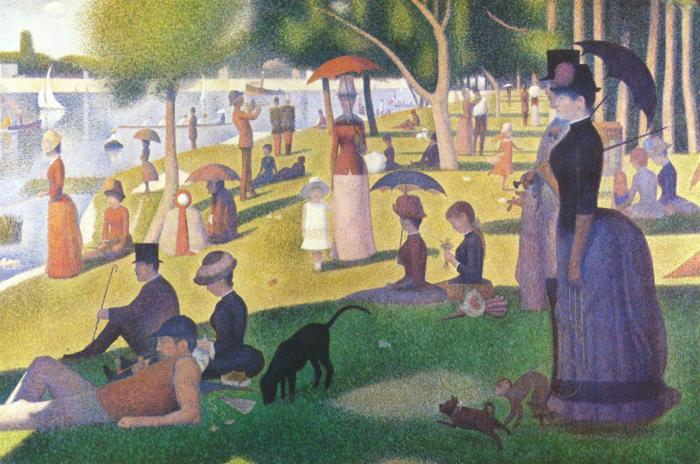
To sum up, the first module of my path dealt with the history and philosophy behind design. It introduced me to the major accepted design principles and foundations and got me acquainted to the possibilities in the field. Finally, it also gave me a gentle introduction to many of sub fields of design including graphic design (typography and color theory), UI/UX, Web and Mobile App Design, Print Design and Logo Design.
I shall follow up this module with the Writing or the Psychology portion as these are portions I’m already familiar and comfortable with. As I’ve stated earlier, I shall keep this blog updated about my journey in the aforementioned areas.










